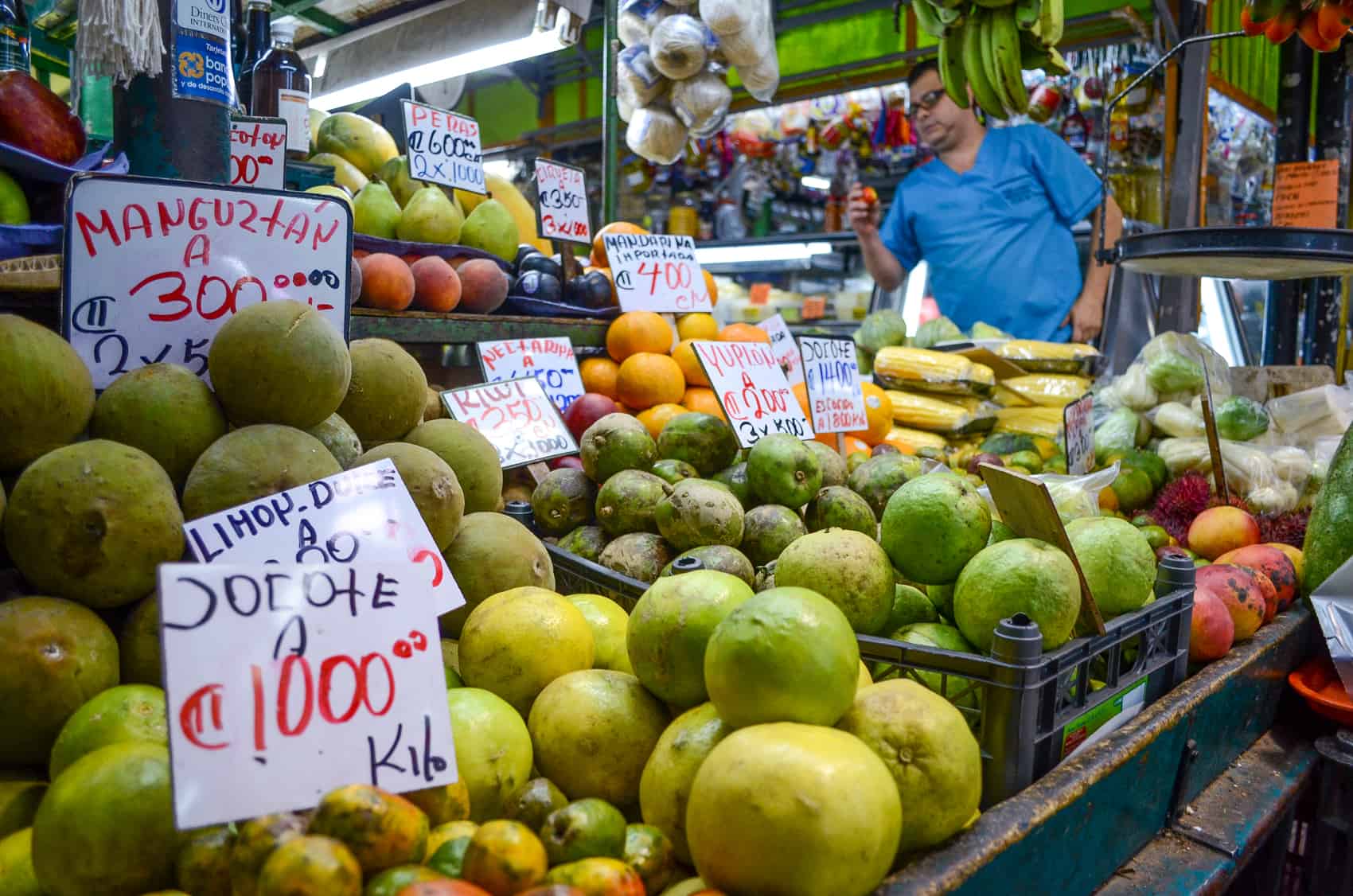Costa Rica’s Agriculture and Livestock Ministry wants to know what’s filling Ticos’ bellies these days. The ministry launched a survey across the country this week to collect information on the population’s consumption of fruits, vegetables, fish and seafood.
Staff from the ministry’s Agricultural Comprehensive Marketing Program (PIMA) are asking people what kinds of products they eat and how often in order to update the last “Consumer Trends Survey” conducted in 2013.
PIMA officials estimate data collection and analysis will take three months. Results will be announced next year.
The agency conducts the survey every two years and information is collected from adults and children. Surveys are conducted in homes and schools.
Information collected in the study will be distributed to agencies in the education, health and business sectors.
According to the last PIMA survey in 2013, preferred fruits among Costa Rica’s population were bananas, papaya, pineapple, oranges, apples and watermelons. The most consumed vegetables were tomatoes, potatoes, cabbage, carrots and lettuce.
Results showed that each Tico consumed an average of 156 kilograms of fruit per year, up from 136 kg recorded in 2009. Vegetable consumption also rose between 2009 and 2013, from 100.5 kg to 117 kg.
As for fish and seafood, results in 2013 also showed an increase in consumption. The average Costa Rican ate 7.1 kg of fish that year, while in 2009 the figure was 5.3 kg. Each Tico on average ate 3.1 kg of seafood in 2013, up from the 2.1 kg recorded in 2009.
Results from the new survey should reveal whether the trend towards eating more fresh food continues, or falls off, as some experts fear.
Recent studies from both the University of Costa Rica’s (UCR) School of Nutrition and the Costa Rican Nutrition and Health Research Institute (INCIENSA) found that Ticos are increasingly choosing industrially-processed foods and drinks and fast food over healthier options.
According to the Pan American Health Organization, Costa Rica this year ranks fifth in Latin America among countries with the highest consumption of processed food, behind Mexico, Chile, Argentina and Uruguay.
Public Health Ministry research last year also found that obesity is increasingly common in Costa Rica. Obesity affects 21 percent of children between ages 5 and 12, 15 percent of teenagers and more than 54 percent of adults. Figures for diabetes and other chronic diseases linked to poor eating habits are also high among Ticos.
UCR professor Raquel Arreola told The Tico Times last month that investigations in recent years show that cookies, candy and other processed snacks are more frequently found in school lunches than fruit or other healthier options.
Recommended: Costa Rican diet includes too much salt, processed food, experts say








